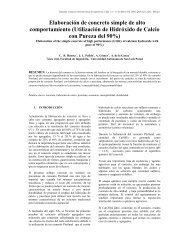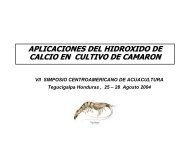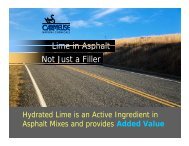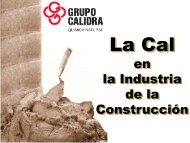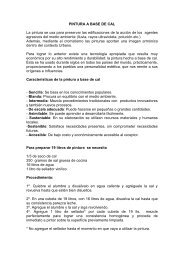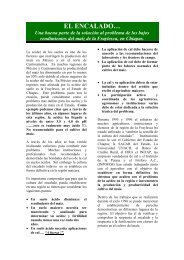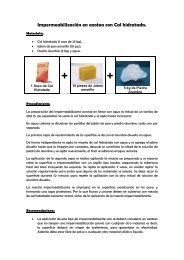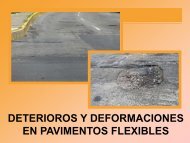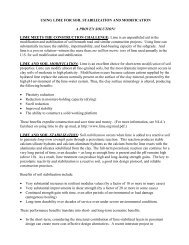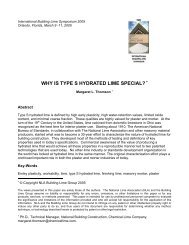Land Contamination: Technical Guidance on Special Sites: Acid Tar ...
Land Contamination: Technical Guidance on Special Sites: Acid Tar ...
Land Contamination: Technical Guidance on Special Sites: Acid Tar ...
Create successful ePaper yourself
Turn your PDF publications into a flip-book with our unique Google optimized e-Paper software.
Investigati<strong>on</strong> locati<strong>on</strong>s will need to be re-instated and clean cover material used to coverexposed wastes. On some sites, the surface topography might suggest that local superficialsoils may be “borrowed” for this purpose. However, great care should be taken in this toavoid inadvertently digging through into underlying wastes and exacerbating problems. It isusually necessary to make sure that there is a supply of clean imported cover material fromthe very start of an investigati<strong>on</strong>. Each locati<strong>on</strong> should be re-instated in turn as it is finished,rather than re-instatement carried out as a self-c<strong>on</strong>tained exercise after all locati<strong>on</strong>s arefinished. This is particularly important where the site is not entirely secure from publicaccess.Sampling TechniquesC<strong>on</strong>venti<strong>on</strong>al sample collecti<strong>on</strong> procedures during intrusive works are relevant to samplingfrom acid tar lago<strong>on</strong>s, provided c<strong>on</strong>siderati<strong>on</strong> is given to the potential for highly acidicc<strong>on</strong>diti<strong>on</strong>s and the presence of free hydrocarb<strong>on</strong>s and volatile organic compounds. Thus:• sampling c<strong>on</strong>tainers should comprise amber glass jars with PTFE seals as a minimum(plastic sampling pots are unsuitable); and• <strong>on</strong>ce collected, the samples should be stored at a c<strong>on</strong>trolled temperature of between2°C and 4°C and be delivered to the laboratory within 24 hours of collecti<strong>on</strong>.The sampling of surrounding media, if performed, should also be c<strong>on</strong>ducted in the light of thelikely c<strong>on</strong>taminants (e.g.. low molecular weight hydrocarb<strong>on</strong>s in air/groundwater and acids ingroundwater).Gases should be measured in boreholes using appropriate instruments. In some cases, it maybe useful to collect Gresham samples for laboratory analysis. Note that aluminium Greshamtubes can absorb hydrogen sulphide and so should not be used where analysis for this gas isrequired.Early c<strong>on</strong>siderati<strong>on</strong> should be given to the methods of, and equipment needed for, thec<strong>on</strong>tainment and disposal of c<strong>on</strong>taminated purge-water.4.4 Comm<strong>on</strong> MistakesToo much attenti<strong>on</strong> may be paid to the sampling of the solid tars themselves whereas it islikely to be the liquid tars, free oils and aqueous phase that are more envir<strong>on</strong>mentallysignificant.4.5 Chemical AnalysisNote - this secti<strong>on</strong> should be read in c<strong>on</strong>juncti<strong>on</strong> with Secti<strong>on</strong> 3.3, which provides analyticalinformati<strong>on</strong> <strong>on</strong> acid tars.R&D <str<strong>on</strong>g>Technical</str<strong>on</strong>g> Report P5-042/TR/04 25




